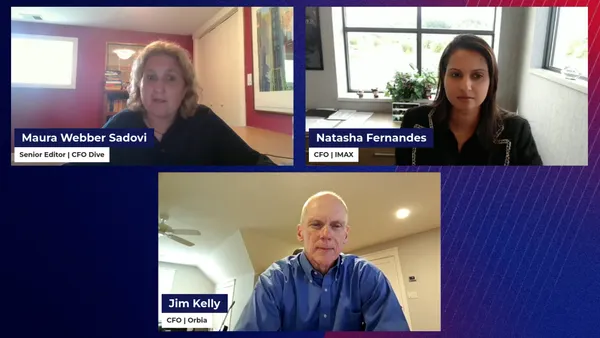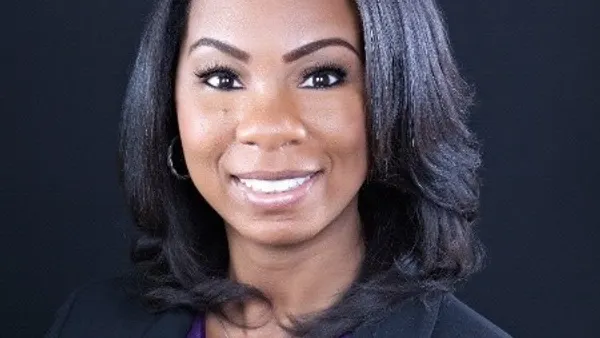Process transformation has been front and centre of what we do, as a business and also, what I do in my role, for over two decades. I cannot recall a conversation with a client, stakeholder, colleague, or anyone else, where the words ‘process’ or ‘transformation’ were not mentioned in the first few sentences that were exchanged. Despite several advisory firms, best practices and knowledge from previous transformations, there is still limited understanding of how to go about process changes or transformation. The data point is very telling, 70% of digital transformations fail, and of the USD 1.3 trillion that was spent, USD 900 billion went to waste. IDC projects that USD 2.3 billion will be spent on digital transformation in 2023. Tony Saldanha in his book, ‘Why Digital Transformations Fail’, says, “The goal is worth it”. At stake is not just the existential threat to individual companies and their employees, but the power to shape products, influence companies and their employees, uplift societies and leave them in a better place.
I have seen that every athlete worth their salt understands the importance of ‘process’. Here are quotes from a few of them:
Justin Langer, the former cricketer/coach said that whether you talk to Shane Warne, Ricky Ponting, Glen McGrath or Steve Waugh, they all say the same thing, stick to the process and you will be okay and it is the hardest thing to learn!
Kobe Bryant, a basketball legend, said that it’s not about the honours and the accolades, it’s about the process and the journey.
Kilian Jornet, (to the uninitiated, he climbed Mount Everest twice in a week without supplemental oxygen) the all-time greatest alpine runner said that the best advice he ever got was from his coach when he was a teenager was to focus on the process, not the goals.
When most organisations embark on the process transformation journey, they are focused only on the outcome and do not give due attention to the process. They want to be the runner who crosses the finish line, arms raised, having passed the test and they are oblivious to the preparation and practice required to be able to run the race. I can go on… but the fact of the matter is, though we all know that the devil is in the details and need to follow the process, we still don’t. We seek shortcuts that lead to unsatisfactory results. I consider myself a decent long-distance runner, having completed 10 marathons and over 50 half marathons. I ruthlessly follow the process, for every race. At no point can I work off the hard work from my previous race. If I do, I will get punished! Kilian has a checklist that he uses before every race. Even though he is an experienced and accomplished runner, he has a checklist to ensure that he has ticked all the routines and has everything in place for his next run.
Every process transformation is different, the diligence and dedication will have to be repeated meticulously. We have to get into the details, map out the processes and keep exceptions to a minimum to yield the desired results. The diligence has to be exhaustive, pushing the boundaries without being influenced by trends or benchmarks. In the now famous quote, Apple Inc. CFO, Luca Maestri said that Apple doesn’t look at benchmarks and that if his team looked at them, they would get into bad habits! Process transformation is similar, organisations tend to lean heavily on benchmarks to decide how many invoices should be processed per person or how many orders need to be processed per person.
For me, process transformations are like long-distance races, you have to dig your heels in. Lowri Morgan, who ran a 350-mile race across the Artic where you need to pull everything you need on a sledge behind you, (it took her 174 hours and she was the only one to finish), was once asked what makes her tick and she quoted Confucius, “Our greatest glory is not in never failing, but in rising every time we fall.” It is almost inevitable to run into issues and challenges during the phases of process discovery, alignment and advocating changes, but only those who risk going far will understand how far one can go in driving those changes.
Tony Saldanha in his book explains that Procter & Gamble (P&G) challenged themselves to find out what their limits were in their journey to GBS (Global Business Services) Next. When Julio Nemeth took over P&G GBS in 2015, his problem was simple, how to further improve an industry leading business model. Leading consulting houses told P&G to do more of the same since the current model worked brilliantly. As an innovator, he knew that disrupting from a position of strength is preferable to resting on your laurels.
To conclude, I take what I learn from my training as an athlete to other areas of my life, I carry the strength and the diligence that takes me into confidently and successfully conquering the unknown.

Hari Ram
Senior Practice Engagement Manager, Infosys BPM
Hari is a Shared Services business leader with over 20 years of experience in the Global Business Services (GBS) and Business Process Outsourcing (BPO) industries. He is currently leading Finance Transformation in Infosys BPM. He has held senior roles at several large multinational companies, helping shape their Finance and Procurement, GBS and BPO journeys. Hari has a deep understanding of operations, business cases, contracts, change management and governance. He is passionate about sports, music, food, and running, and has one of the largest private collections of cricket memorabilia.










